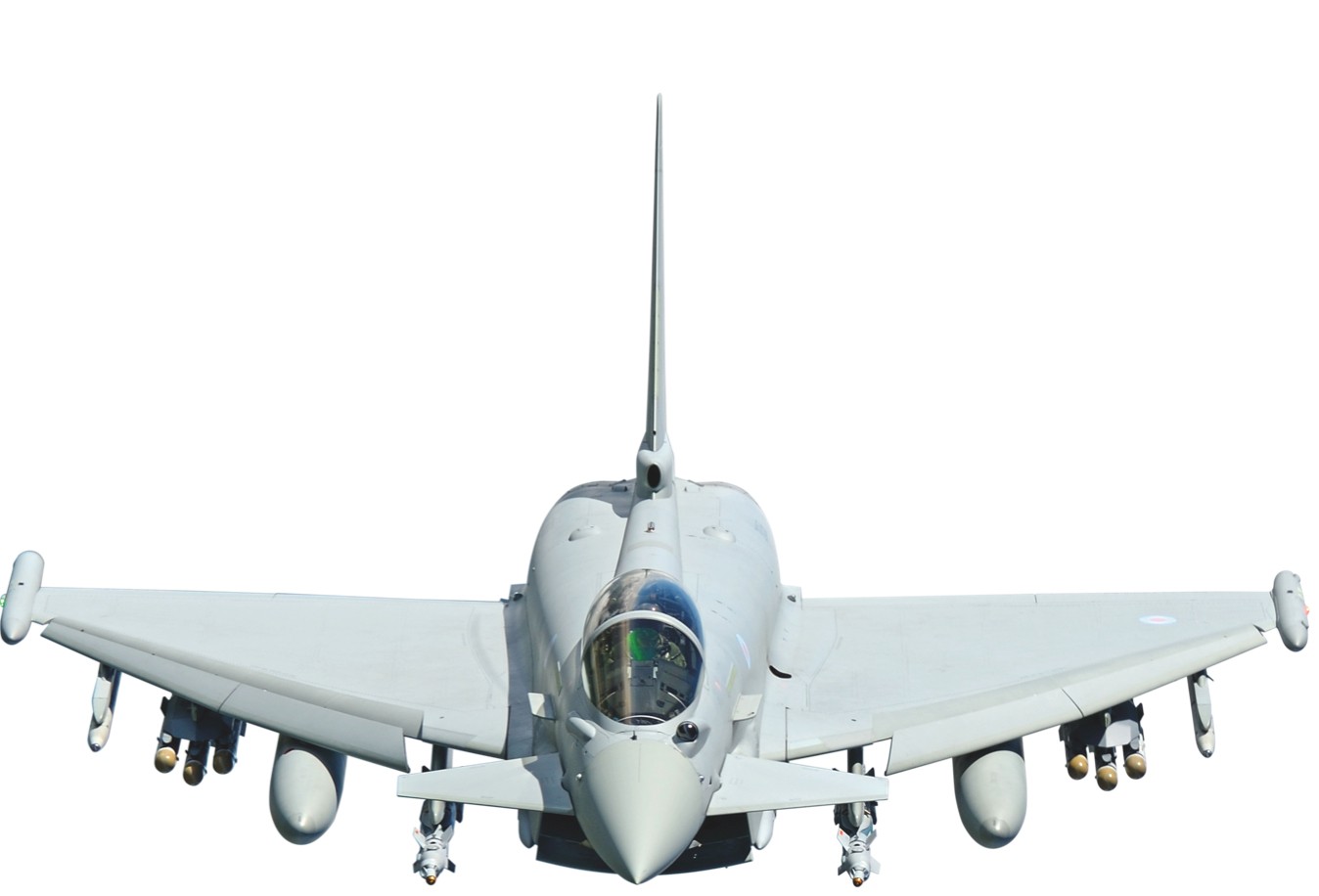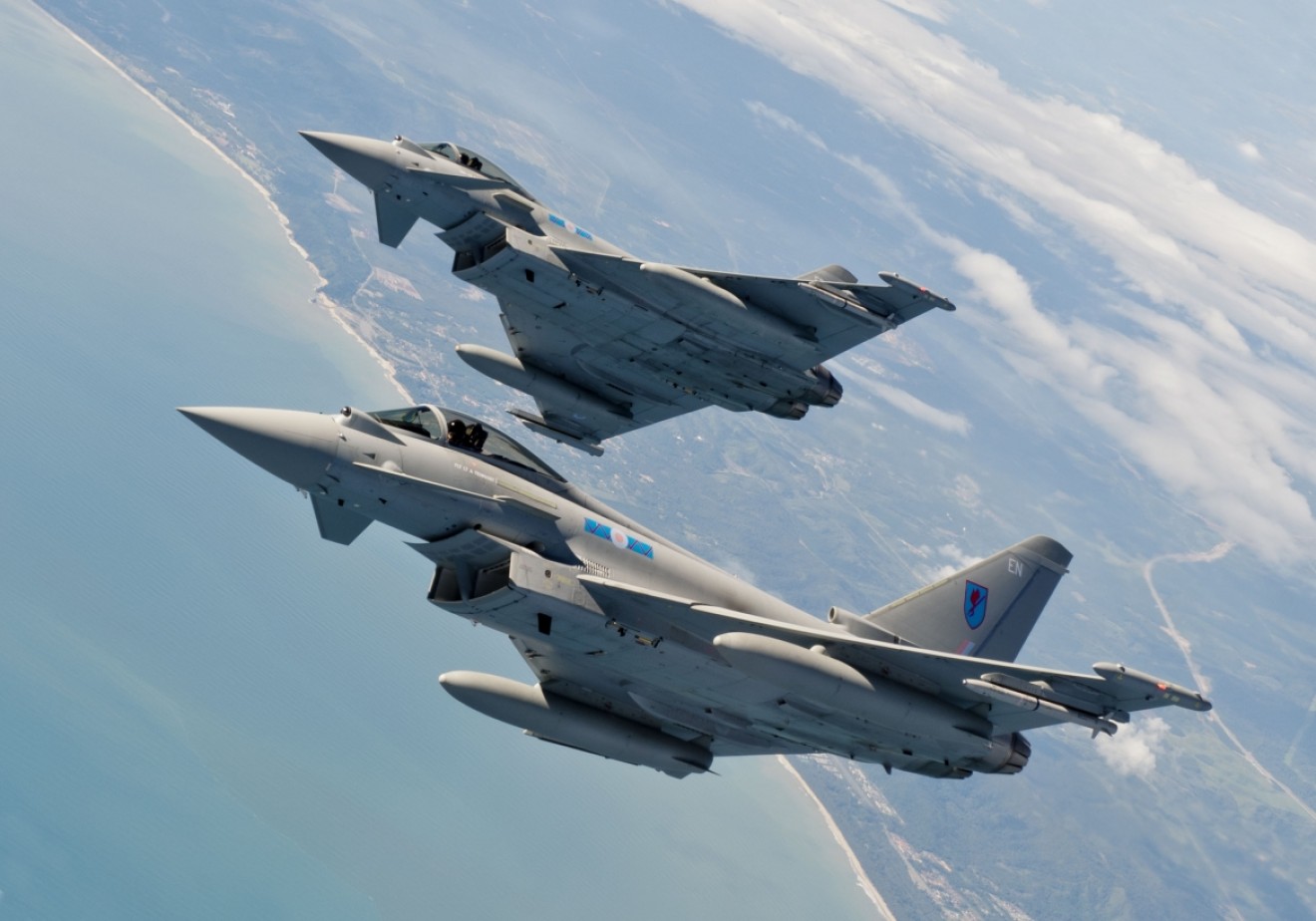It’s very early in the race but Eurofighter is already off the starting block, aiming to win hearts and minds in Poland, as the nation starts to consider its future air power needs.
“We are really at square one of the definition phase,” says Andrea, however, Leonardo has proactively started putting its case forward.
As the campaign takes shape, the Eurofighter message is clear. In essence it boils down to Eurofighter being the perfect military option for Poland and the right choice for the future of the Polish aerospace industry.
“Air defence is critical because Poland is right on the front line,” says Andrea. “It is at the NATO border and as such represents the first line of defence, so it needs to be ready to defend itself until the support of its NATO allies is fully deployed.
“The presence of possible threats is embedded in the DNA of Polish people to a level that is far beyond that of other European countries. They are very conscious of it. That’s why Poland has allocated a huge budget for the modernisation of its Armed Forces as well as procuring a multiple layered missile defence system.

Andrea Nappi
“When considering an aircraft, some think in terms of a plane with an ability to attack. Over the course of this campaign I believe we will need to shift this thinking because our belief is that on day one of any war, Poland would need an aircraft that could effectively protect its country.”
That’s why the Leonardo team has been positioning the Eurofighter as the best air supremacy fighter available on the market.
“There’s no question that from an operational perspective we see Eurofighter as the perfect answer to Poland’s needs, but Eurofighter would bring a series of other benefits too.
“For one, it will guarantee Poland national sovereignty. They will have full control of the weapon system and there would be no issues with restricted black boxes as is often the case with non-indigenous aircraft. This is an important distinction because it means they could programme their mission data directly from their national intelligence database which means the integrity of this intelligence would not be compromised.”
Of course, campaigns for combat aircraft export sales are always complex.
Headline writers have a tendency to focus on performance, but there are a host of other factors that come into play: capability, through-life support, budgets, air force relationships, the political picture, jobs, and industrial partnerships. They’re all factors that play a part. One area where the Eurofighter team believe they can tip the scales in their favour is in industrial terms.
“If you buy European you don’t spend money, you invest money, and there is a huge difference between those two little words,” says Andrea.
“For one thing, we can tailor the support model to meet Poland’s specific needs.
Right from the start, Eurofighter was built to support the needs of different nations — the UK, Germany, Spain and Italy — and therefore ours is an inherently flexible model and one that we can offer to Poland.
“We can also offer the possibility for local industry to be involved in the programme at a level that would best fit their capabilities and aspirations. Eurofighter can offer significant packages of work, not only in support or manufacturing, but we can give Polish industry access to development work too. This is a unique opportunity for local industries to grow and improve their own capabilities. It could open the door for Polish companies to have a completely different future.
“Being involved in development work would position Poland as a potential partner at a high level in any future European Combat Air System, or FCAS, programme (such as the UK-led Tempest programme for example) as that emerges. Poland would be a perfect candidate to participate in any future programme and Eurofighter would be the perfect way in.
“Then there’s the high reliability, increased maintenance scheduling and integrated training system which Eurofighter brings.”
It’s a very positive story and one which the Leonardo team is determined to ensure gets plenty of airplay in Poland. They’ve already hosted a number of media briefings, including arranging a visit for media to the Gioia del Colle Air Base in Italy, which have been well received by Polish journalists.

Says Andrea: “They are very keen to listen and understand. In Poland there’s a lot of interest in defence-related topics among the public and because of that the media are keen to discuss defence issues. We believe that entering these forums is very important.
“The air base visit gave journalists the opportunity to talk directly to Eurofighter pilots and maintenance teams. It gave them a real insight into how the Italian Air Force operates and how effective the Eurofighter weapon system is. It generated lots of good publicity and this represents a very good start.
So how positive is Andrea that Eurofighter will ultimately emerge successful?
“A few years ago no one believed Poland would select our M-346 as a trainer, but they did, and now they are thinking of taking more. From a Eurofighter perspective, we’ve got a great offer — a weapon system that’s perfect for air supremacy — and a great history of industrial collaboration in Poland through the Eurofighter Partner Companies that generates a huge economic
impact in the country.
"I’m not a betting man but right now I’d say our chances are high.”
